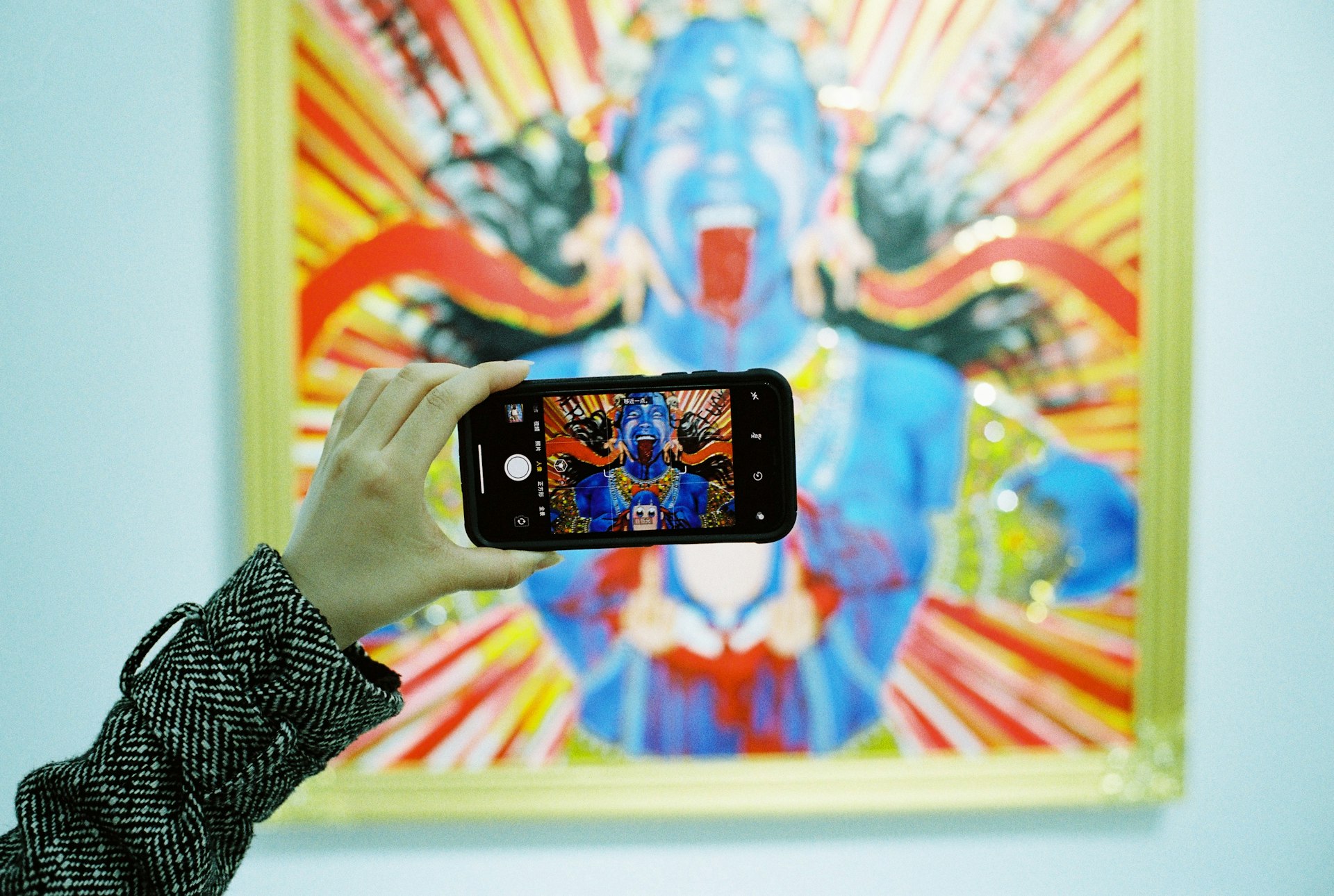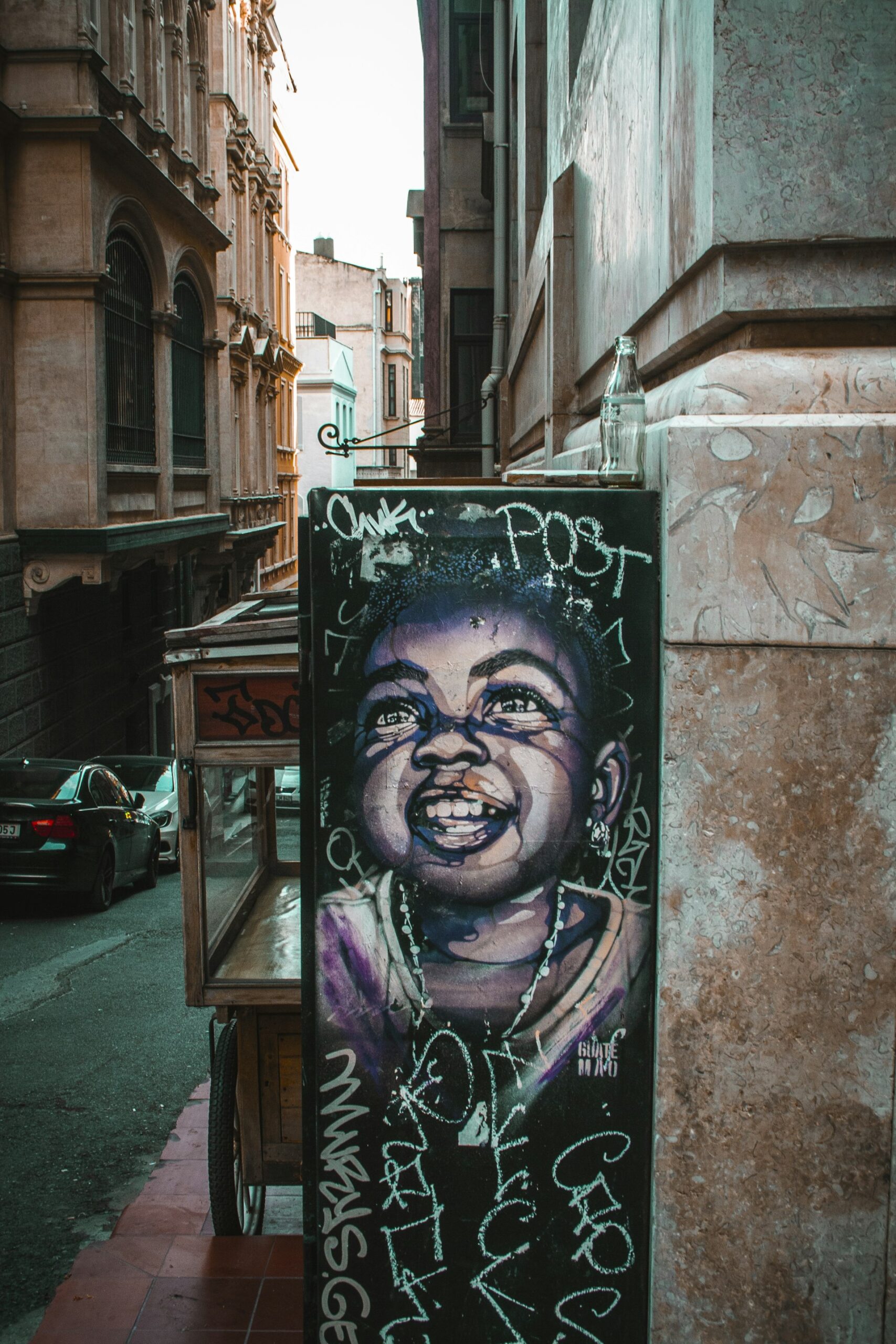The Future of Generative Art: New Frontiers in AI-Driven Creativity

Photo by Aruzhan Akramova on Unsplash
Introduction: A New Era for Generative Art
The landscape of visual creativity is undergoing a dramatic transformation with the rise of generative art -artworks created or shaped by algorithms, artificial intelligence (AI), and machine learning. As we look toward the future, generative art is not only redefining what is possible in artistic expression but also challenging the boundaries between human and machine, originality and automation. This evolution creates new opportunities and raises important questions for artists, collectors, and anyone seeking to access or participate in this dynamic sector.
1. Major Trends Shaping the Future of Generative Art
Several key trends are emerging that promise to reshape the generative art landscape in 2025 and beyond:
1.1 Multimodal and Hyper-Personalized Art Generation
AI now enables the creation of multimodal art -works that blend images, text, sound, and animation, often resulting in immersive, cross-media experiences. Platforms and tools increasingly allow for hyper-personalized generative design , letting users tailor outputs to individual tastes or needs. This innovation is changing workflows for artists and industries, promoting efficiency and new creative expressions. [1]

Photo by Karine Germain on Unsplash
1.2 Human-Centered and Collaborative Creation
In response to the proliferation of AI-generated outputs, many artists are emphasizing bespoke, human-centered design . There is a growing trend toward highlighting hand-crafted styles and traditional artistry, even within digital media. At the same time, digital art platforms such as Figma, Miro, and Adobe’s Concept AI are expanding collaborative tools, enabling multiple users to co-create and iterate on generative art projects in real time. [3]
1.3 Biophilic and Sustainable Practices
Generative artists are increasingly incorporating natural patterns and eco-conscious themes into their work-part of the broader biophilic art movement. This trend is linked to a growing emphasis on sustainable practices, responsible sourcing, and aligning artistic production with environmental values. [2]
2. Practical Steps to Access Generative Art Opportunities
Whether you are an artist, collector, or enthusiast, there are several actionable ways to engage with the future of generative art:
2.1 Using AI Art Generation Tools
To create your own generative art, you can explore platforms like Midjourney, DALL-E, or Adobe’s AI tools. These platforms often require a subscription or free sign-up. If you are new, search for official guides or tutorials provided by each tool’s website or community forums.
Steps:
- Identify the platform that best suits your needs (e.g., Midjourney for image creation, RunwayML for video, or DALL-E for illustrative work).
- Sign up through the platform’s official website.
- Follow their documentation to learn prompt engineering, image refinement, and output customization.
- Participate in online communities, which may offer free resources, feedback, and collaborative opportunities.
2.2 Acquiring and Collecting Generative Art
Tech-savvy collectors are increasingly interested in AI-based artworks, which can be acquired through online marketplaces, digital galleries, and sometimes through auction houses. For investment or collection purposes, it is advisable to:
- Research digital galleries and NFT marketplaces that feature generative artists. Confirm the legitimacy of the marketplace before making any purchases.
- Review provenance, artist background, and details about the AI or generative process involved.
- Consult with digital art advisors or join collector communities to stay updated on trends and best practices.
2.3 Participating in Collaborative or Community-Driven Art Projects
Numerous platforms now offer collaborative canvases or community-driven generative art projects. You may consider:
- Joining platforms like Figma, Miro, or Magma Studio for collaborative creation.
- Exploring open calls for generative art or digital exhibitions, which are frequently announced via art organization newsletters or official websites.
- Contributing to online art forums or social media groups focused on generative and digital art.
3. Challenges, Solutions, and Considerations
The rapid growth of generative art is accompanied by several challenges:
3.1 Authorship and Originality
AI-driven art raises questions about authorship and originality. To address these, some organizations are developing guidelines for attribution and transparency in the creation process. [4]
3.2 Accessibility and Digital Literacy
While AI tools make art creation more accessible, there remains a learning curve. Many platforms offer tutorials, webinars, and online courses to help newcomers. If you are seeking to develop skills, search for “AI art creation course” or consult the education section of digital art platforms.
3.3 Market Volatility and Value
The value of generative art, especially NFTs and digital collectibles, can fluctuate. Collectors are advised to approach purchases with caution, verify the legitimacy of the work, and diversify their holdings.
4. Real-World Examples and Case Studies
Several high-profile sales and projects illustrate the growing impact of generative art:
- AI-generated artwork has fetched over $400,000 at major auctions, highlighting the increasing demand for tech-driven creativity. [4]
- Platforms like Midjourney allow anyone to generate unique, hyper-realistic visuals through AI, expanding access beyond traditional artists. [5]
- Collaborative art projects are emerging, with multiple creators iterating on shared digital canvases in real time, often blending hand-crafted and algorithmic elements. [3]
5. Alternative Pathways and Future Opportunities
Generative art is not limited to visual art alone. It is expanding into music, interactive installations, and even architecture. If you are interested in exploring these intersections, consider the following approaches:
- Look for university or museum programs on digital and media arts, which may offer workshops or exhibitions focused on generative practices.
- Follow leading conferences (such as SIGGRAPH or Ars Electronica) for the latest research and innovation in generative art.
- Engage with open-source communities developing AI art tools, where you can contribute or learn from ongoing projects.
Conclusion: Embracing the Next Wave of Creativity
The future of generative art is marked by diversity, innovation, and an ongoing dialogue between technology and tradition. As AI-driven tools become more sophisticated, artists and collectors alike are discovering new possibilities for expression, collaboration, and investment. To keep pace, it is essential to stay informed, seek out verified resources, and engage with both established and emerging communities.
References
- [1] SuperAGI (2025). Future of Digital Art: 2025 Trends and Tools in AI Illustration.
- [2] Ubertrends (2025). 10 Art Trends Shaping the Future of Creativity in 2025.
- [3] Creative Bloq (2024). 10 Digital Art Trends for 2025: New Styles, Tools and How to Cope with AI.
- [4] Aurora Athena (2025). Discover the Art Market Trends 2025: Fine Arts Insights.
- [5] Generative AI Pub (2025). 10 AI Art Trends You Must Know in 2025.



